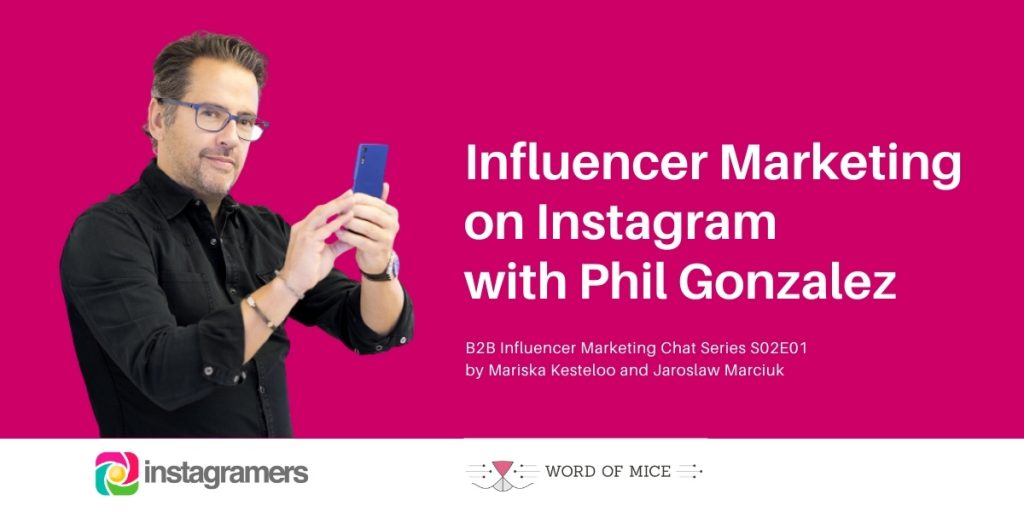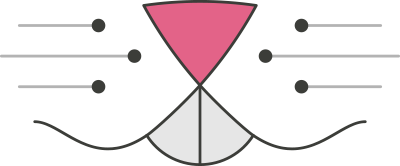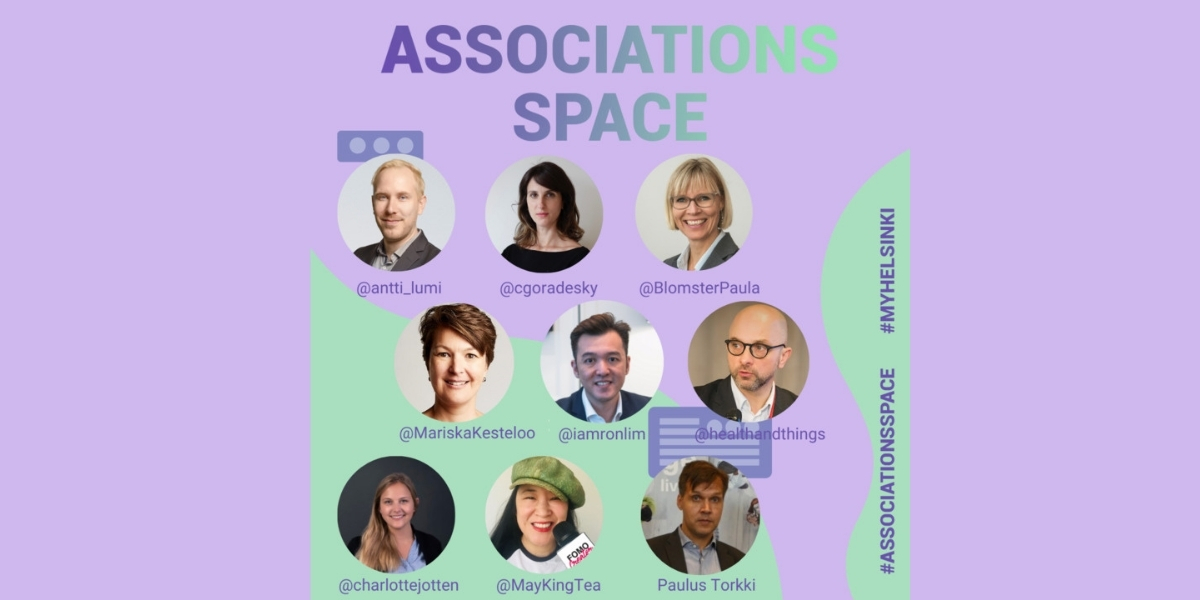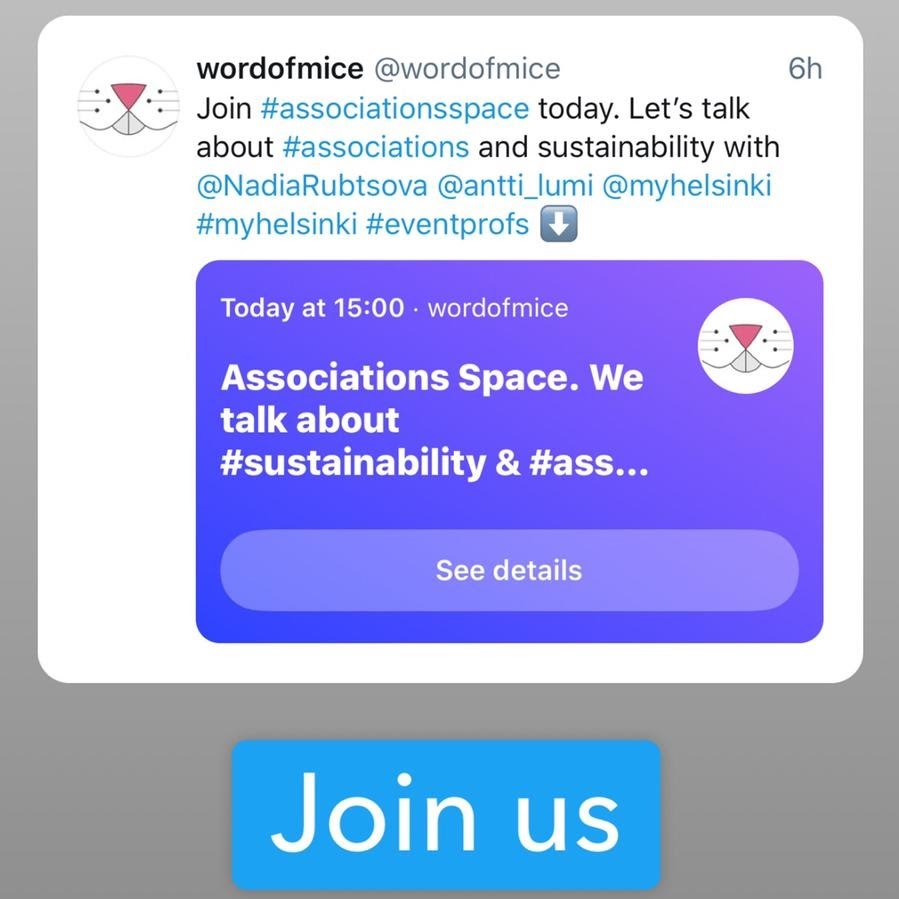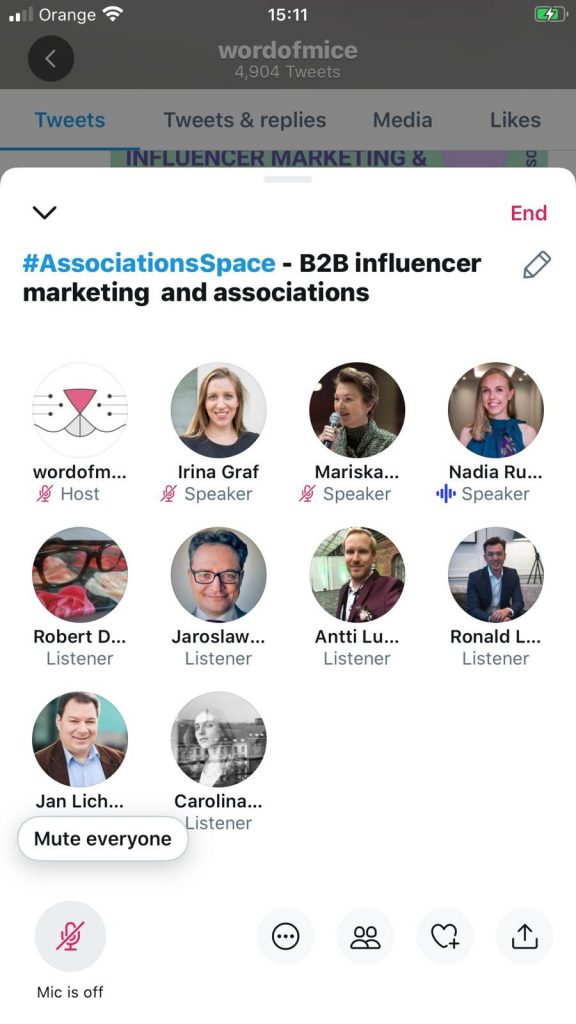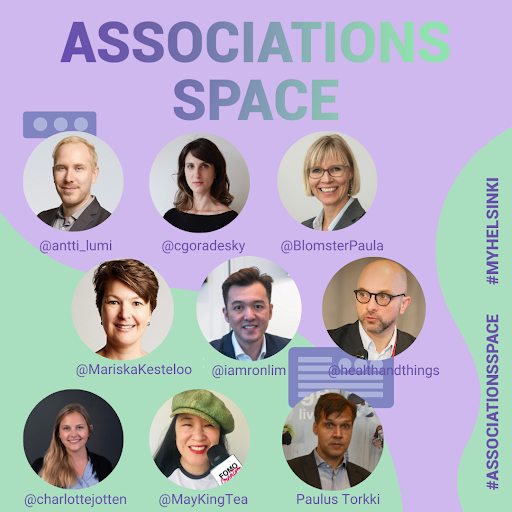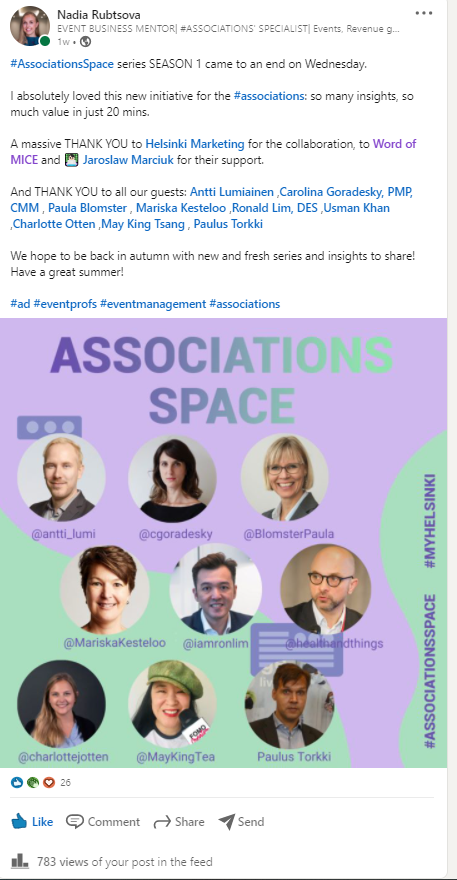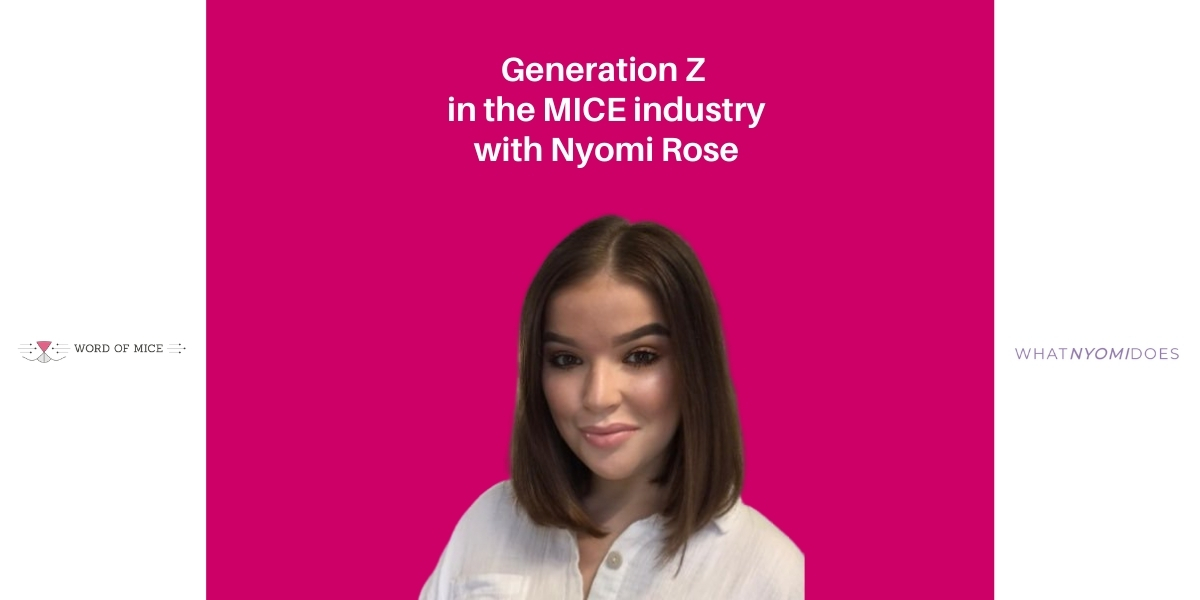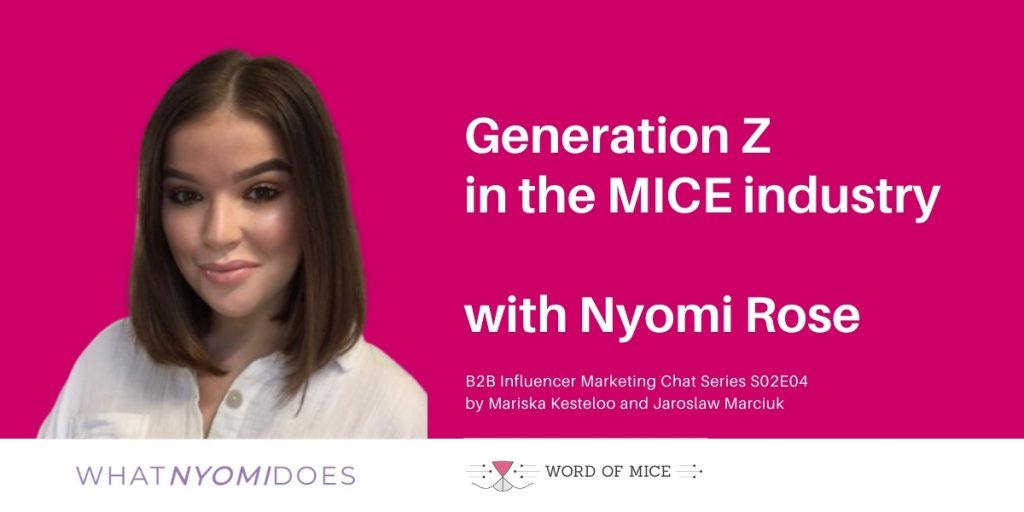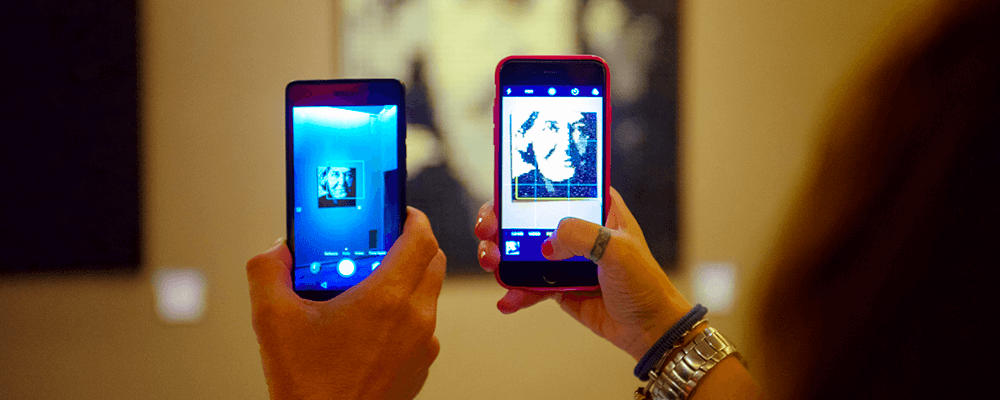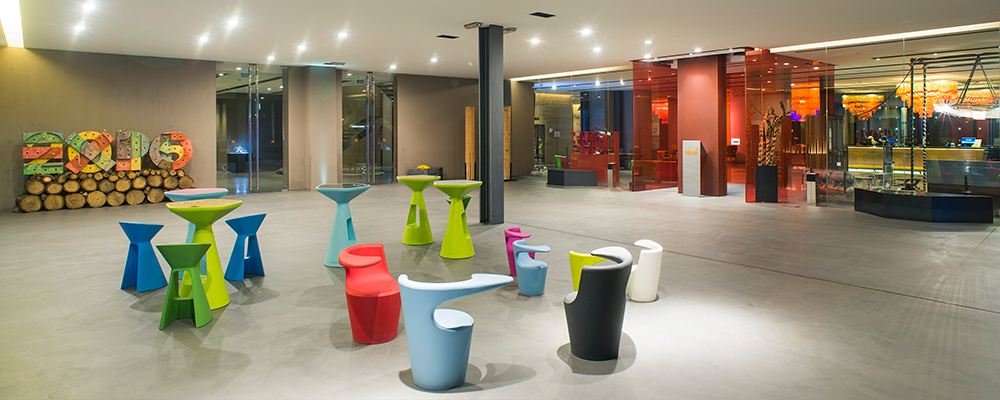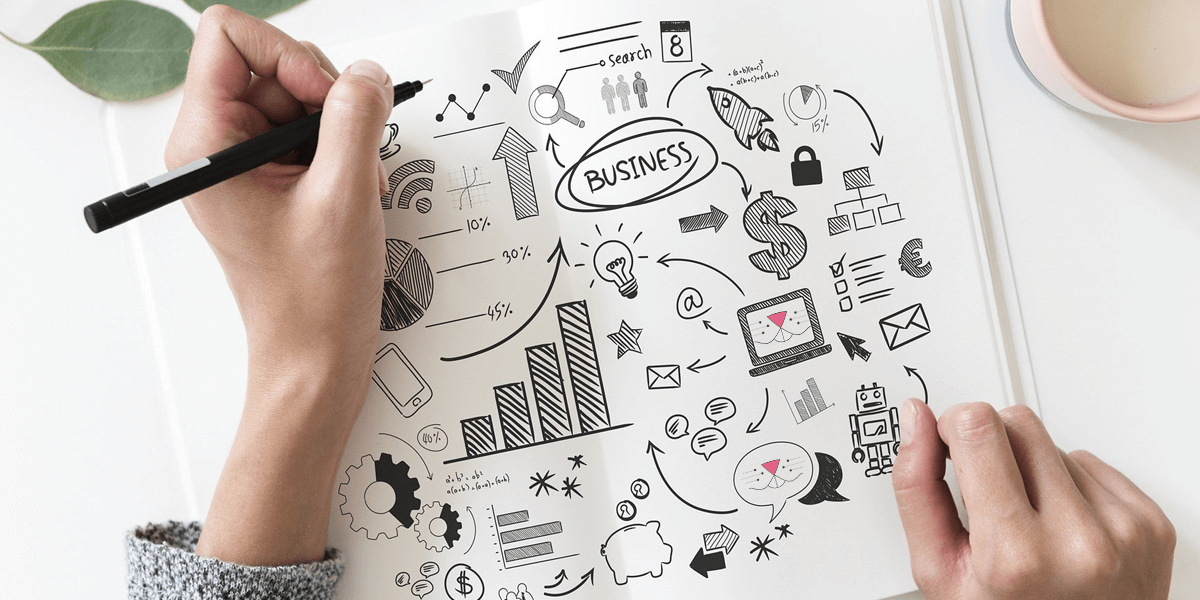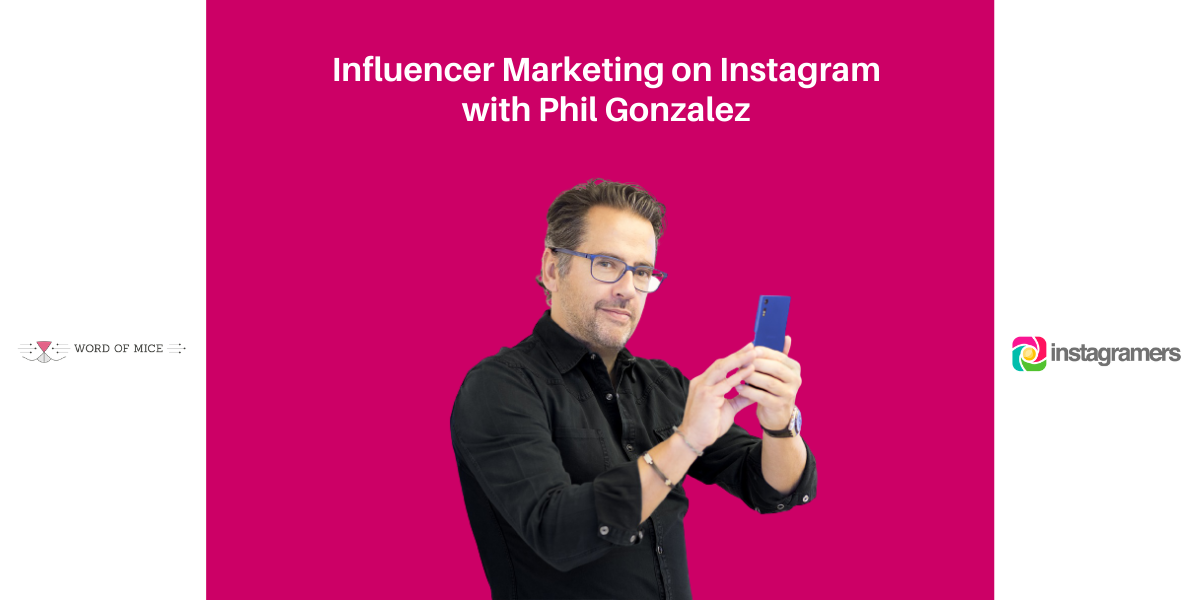
Welcome to the second series of the B2B Influencer Marketing Chat Series. And we are very happy to have you all in and to launch again another interesting series to talk about B2B Influencer Marketing. My name is Mariska Kesteloo. I’m the founder of Word of MICE. And for the second series, we have a new host involved and that is Jaro (Jaroslaw Marciuk).
Jaro: Hello, my name is Jaroslaw Marciuk. So now you may understand why Mariska calls me Jaro. I originally come from Poland and recent five years I lived in the UK, London, and Cambridge. I am in our MICE industry for about 20 years working in hotels, with convention bureaux and also the event industry. On the other hand and I also have experience in Social Media marketing. And that’s how I met our host today – Phil Gonzalez. How many years do we know each other? 10 years?
Phil: Yes, I think I think like 10 years when we started building Instagramers Community.
Mariska: Thank you so much for the introduction. Jaro, nice to have you as our host of the second series of the podcast. Now it is time to tell you more about Phil Gonzalez. Would you like to introduce yourself, Phil?
Who is Phil Gonzalez?
Hello, everybody I am Philippe Gonzalez. I am French but from a Spanish family. So I’m the son of immigrants who went to France in the 70ties. I used to live very close to Holland and Belgium because I studied in the north of France in a business school. I came back to Spain in 2000. I worked in the automotive industry as well. And like Jaro said, I was the last eight years of let’s say, working in a corporate area. I was working for EMC, the producers of “Breaking Bad”, “Mad Men” and “Walking Dead”. I was a digital manager for 24 TV channels in Spain and Latin America. For around 20 years I was also involved in the digital and internet blogs, social networks industry and promoting the series around the world.
The beginnings of Instagram in 2010
In 2010 I was developing my own application for a cooking channel in Spain. It was going very well. And one day a friend of mine told me “Oh, there is an application called Instagram. It’s very, very nice, it’s only one month old”. And I said, let’s try it out. I’m am a creative person, I like to paint and I like to take pictures and photography. When I first saw Instagram I said: “Wow, this app is going to change the world”. Check Phil`s profile on Instagram @philgonzalez.
I was never really fond of Twitter or Foursquare. I didn’t believe in many social networks that were launched. But when I saw Instagram, I had a sudden feeling, it was ground breaking. I was in my bed on a Sunday morning and looking at the Instagram app that was like two months or three months old. Instagram was launched on the 6th of October 2010.
Suddenly people started writing comments on my Instagram feed and asking questions. You know, they were writing – Can I be famous on Instagram? Or Can I be popular on Instagram? I replied and told them there are some rules they should follow. I had experience in marketing and I shared my knowledge of social networks. I was telling them – There are 10 rules you have to follow. And people replied in the comments on Instagram – Wow, it’s very interesting.
In December 2010 I said I have to make a website because people do not understand what Instagram is. For example, they were uploading pictures, and they were not putting any title. I said, OK I’m going to help people to understand the Instagram mobile app, and I started the first blog called instagramers.com. That was the real beginning of everything.
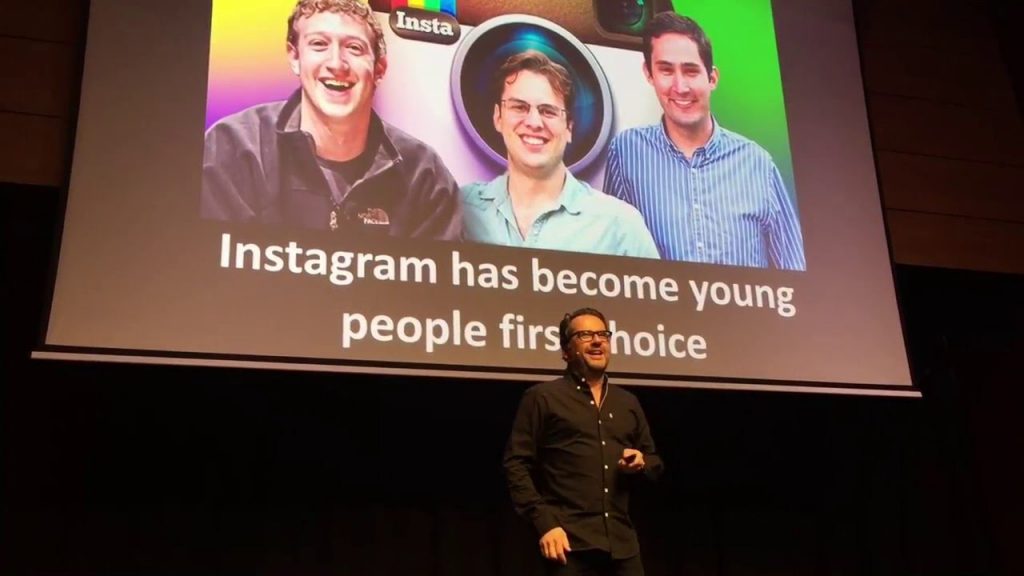
The Evolution of Influencers and Influencer Marketing
Mariska: People started addressing you for tips on how to become an influencer. Can you just share something about that evolution of influencers and influencer marketing?
Phil: It has been really a great period of my life, really. I knew a lot of famous bloggers and Twitter people in Spain. Before Instagram, the name influencer didn’t really exist. We used to say – wow, he is a famous guy from Twitter or this famous blogger, but there was not this name stamped like saying this influencer.
So in the early stage of Instagram, I remember in 2010 and 2011, when you used to have 1,000, 2,000 or 3,000 users, you were an Instagrammer with a lot of followers. And I remember at this stage I knew quite all the influencers, let’s say in the world. You had one guy in Germany Tomas Kay with 70,000 followers, you had one guy in New York. It was quite easy to know all the people that were like more than 50,000 followers. These people used to be promoted by Instagram, they were not famous. They were not photographers, nor celebrities. It was only people promoted by Instagram.
Instagram as an opportunity for creators
What happened to me in 2012? I suddenly entered into the 100 people Instagram List. I was among only 100 people suggested by Instagram to other new users. 100 people, like me, were part of this list on Instagram worldwide, we used to have 2000 or 3000 people following us every single day. Can you imagine? That was like crazy. So these people were the very first influencers. They were not famous, because until 2012 we didn’t have celebrities, musicians, or movie stars on the platform. The first famous person on Instagram was Snoop Dogg, the rapper.
In the beginning, Instagram was really creating these audience monsters, and Instagram was not thinking we are creating the future of influencing. They were just creating stars, unknown people who published cool pictures. Suddenly these people had opportunities.
It was like that, someone was asking me: – Phil, can you come to a party? – Phil, can you come on a trip? I had a lot of friends at this moment that were like, maybe 23-24 years old. And they said, wow, that’s an opportunity. I can maybe spend one year of my life traveling. That was the first step of influencing on Instagram – people who just go on exchange. So you come to our dinner for free, you go to an event of a big company.
And from the side of the company, it was funny. The companies and the agencies at this moment had no idea at all about marketing on Instagram. In the beginning, let’s say the agency called you, and they say – We saw your followers on Instagram. Do you want to come to our place?” That was like, quite strange, because everything was building itself without no strategy, really.
Instagram app as a successful start-up
Mariska: From your perspective was there a strategy behind Instagram? Because I think Instagram wanted it. Was it the purpose from the start, that they wanted to grow that big?
Phil: Probably it was, but it was not really clear. Instagram, when they started, they were only four people working there. And in less than two months, there were 10 employees. In December of 2010, there were already 8 million app users, and they were still only four people. So it was like crazy.
They didn’t have time, they didn’t have a blog. So there were a lot of things they were doing on Instagram. They were just flowing. You know, it was like a real start-up.
Twitter had a feature called Suggested List, so they copied Twitter. Remember that Kevin, the founder of Instagram, was an intern at Twitter. So what he did was a Twitter with pictures. He replicated Twitter, but with more importance to photography. So he said I want a Suggested List for people who are cool on Instagram. But at this moment, Instagram was not thinking that they are going to create the influence of the future.
And now it’s funny, because in 2020 what happens is that Instagram and Facebook say: How can we get money from all these monsters we created? Because we don’t take any commission, any money from all these people. For 10 years they created monsters that today don’t give any money to them. So they are going to try it and they are finding new ways to monetize these people.
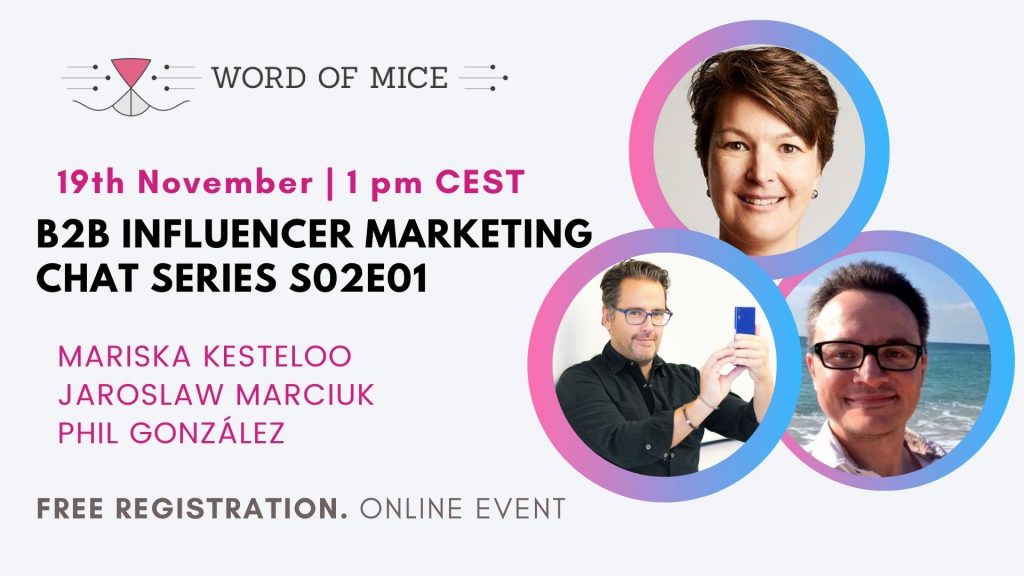
Influencers incredible stories on Instagram
Mariska: It’s interesting how a small start-up evolved by creating a community by trial and error and suddenly, then it got acquired by a larger company (Facebook), and then suddenly the investor’s role comes with money and causes different issues.
You also told me, in our previous call that people who didn’t realize the word an influencer suddenly discovered the potential and options of Instagram. Even people like lawyers, fishermen, or farmers. Can you just share a practical example of a person who grew their community because of Instagram and perhaps now has an extra income out of Instagram?
Phil: Yes, well, I have plenty, plenty of examples. I will just show you three from Spain, with whom I am much in contact. For example, I have a friend, she’s a lawyer. Actually, she was a lawyer for a large company. She was doing international contracts and agreements. She also started writing blog posts about food, like a blogger. As a blogger, she was known on the internet, only with her recipes, etc. One day she started publishing photos on Instagram. I recommended her to start her own profile. Now she’s a TV chef for the most important cooking channel in Spain. She left her job as a lawyer. She’s very famous, she wrote her first book, etc.
I also have friends from Catalonia. One has 70,000 followers and another guy from Catalonia with 150,000 followers on Instagram. And these two guys are great case studies because one of them was a fisherman. Okay, he used to go very early in the morning to start to fish. And one day started to share pictures on his Instagram. He decided to leave his profession and he is a photographer.
The third example is a policeman from Tarragona in Spain. He came with me to Iceland, we went to Peru together. They have changed totally their life, like this.
They were not supposed to become influencers and traveling all their life. So there is a kind of people I met at the really beginning of Instagram that we worked with, were like very young, like 22, they didn’t really know what they were going to do with their life. And they suddenly look at Instagram as an opportunity for one or two years. Now most of them still live with big Instagram income.
How to become an Influencer on Instagram
Mariska: We are living now in 2020, where we are of course in totally different times. The industry and the majority of the people who are listening and joining us today are from the meetings and events industry. There’s a lot of opportunities also for our industry to share knowledge and to share those experiences of meetings and events. Do you have any piece of advice or anything that you’d like to share, particularly for Instagram or for people who are not saying that they want to become an influencer or people who share their expertise by sharing their stories on Instagram?
Phil: Yes. Well, first of all, what do I say to people who want to become an influencer? I say forget it. Okay. You don’t have to try to be an influencer. What you need to do on Instagram, and social networks, is enjoying what you do and do what you love. And maybe one day, luck will knock on your door.
But if you wake up every morning saying I want to become an influencer, you are going to start very, very fast. You will be doing a lot of noise, posting a lot, etc. And later you can say I don’t have any results for six months and you will leave it.
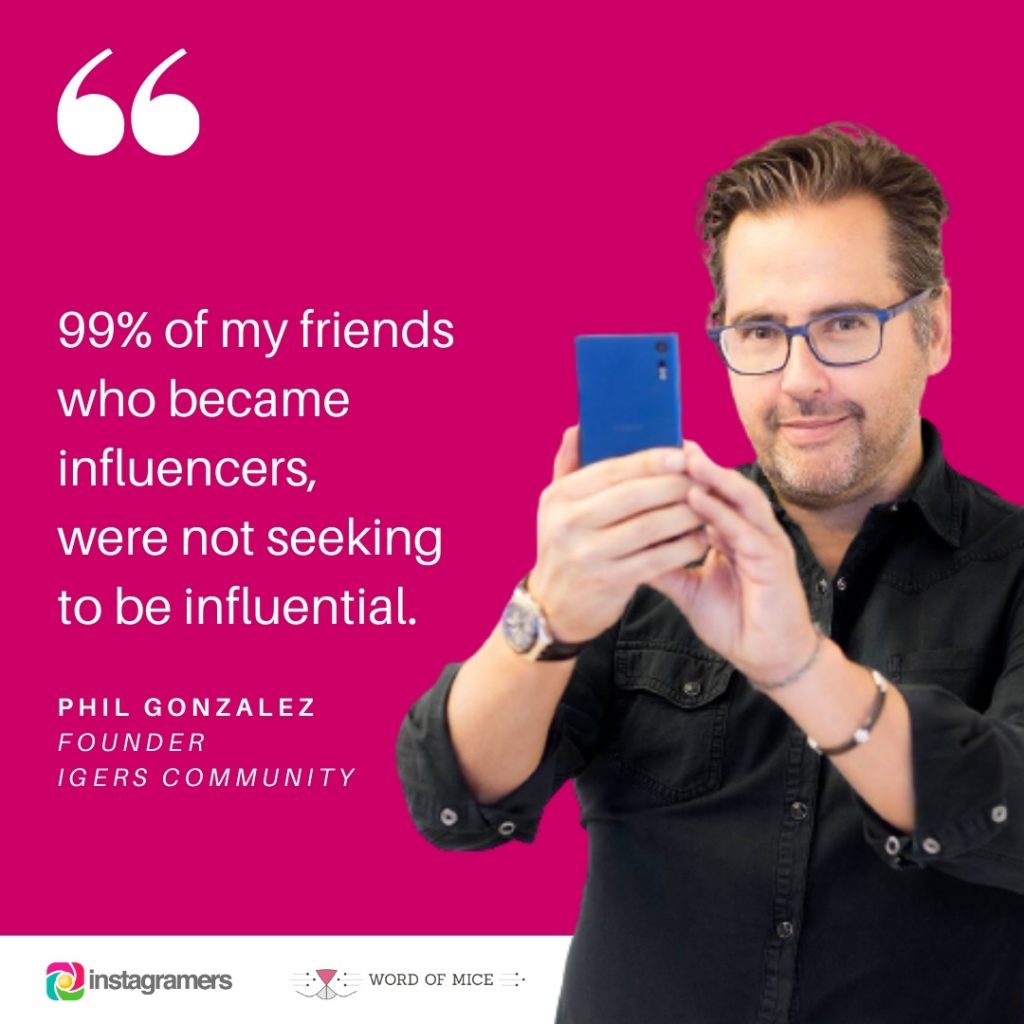
Mariska: Because you’re not passionate.
Phil: 99% of my friends who became influencers, were not seeking to be influential. It was just that their destiny cross their life, their talent exploded. So about the influencer industry, what I always say now is that sometimes we suffer a little bit of this weight of influencers, the ones that don’t have any talent. It’s just luck, etc.
So the first thing we have to remind to companies is that influencing is here and it’s really well based. There is a survey that demonstrates that more than 75% of the people believe a friend more than the advertising on TV. That’s definitely the rule you need to do influencer marketing, there is no doubt on this one.
Influencer Marketing on Instagram
There are a lot of companies that would like to start with influencer marketing on Instagram. I think they lost a lot of years to start with it. So there is no doubt we need to do influencer marketing. But the big question now is with whom are we working?
So at this moment, there are unfortunately still a lot of agencies which think like this and sometimes it happens to me. People call me and say – Phil, I want like five influencers with more than 300,000 followers.
And I ask them – That is your brief for the influencer marketing campaign on Instagram? What do you want, is like kilos, you need one kilo or two kilos of Instagramers?
No, what you need is: I want a guy specialized in technology with engagement on his Instagram that, when we do a campaign with him, I can be sure that I will have at least 200, 300 clicks, or 400 clicks on something related to software or to games or whatever.
Case study
I have a simple example of my last book. My Instagram case study. Last week, two big influencers talked about my books on their Instagram accounts. One of them is specialized in technology and he has a good engagement rate with his community. In one single day, I had 200 more followers on my Instagram profile, 100 visits to my Amazon website to buy the book. He was like 200,000 followers on Instagram.
The same day I had a post about my book on Instagram of a lifestyle girl with 600,000 followers. She didn’t brought me any followers at all. No visitors at all. Ok, maybe 10-15 people followed me. Probably her followers were not really interested in buying a book about Instagram, they were more interested in the way she wears.
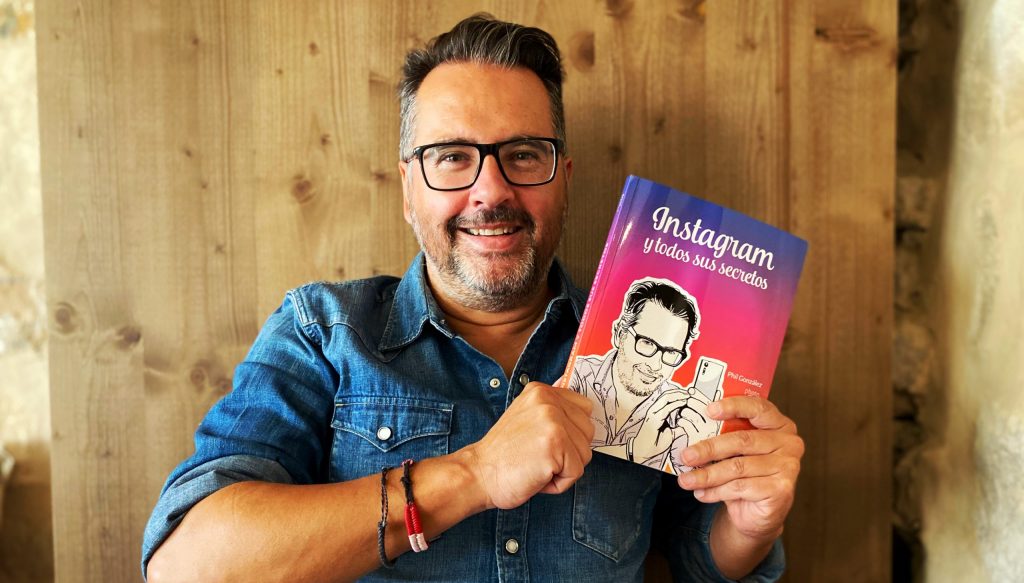
Mariska: This is about relevance, that person really has a niche. That’s also what I say to encourage people to have a specific niche also within the meetings and event professionals. People have for example a focus on incentives or focus on corporate events. If you have really that niche and you will show also that you have the expertise and knowledge in that niche then people will take rely on you and people will follow you.
Influencer Marketing on LinkedIn
Phil: I want to share with you when we talk about B2B Influencer Marketing. I have been complaining about LinkedIn for many years, because I say LinkedIn is such a big opportunity. When Microsoft bought LinkedIn I thought – Microsoft please do something because the usability of LinkedIn was still very bad compared to Facebook. Usability is the key to the success of the platform. I don’t mean the meaning of the social network, the usability was quite bad.
But they have an opportunity in the future with Direct Messaging, Live Streaming on LinkedIn, and with Stories on LinkedIn. I will share the example. LinkedIn Story can be a blast. As a professional, I want to explain for example an event. It would be better to do storytelling on LinkedIn Stories and Live on LinkedIn than on Instagram. So I have a very good feeling about LinkedIn in the future.
Mariska : I also ask questions within our community, and I also see some feedback from people. They’re using LinkedIn Stories, but I think it’s still evolving and perhaps they’re a bit slower than Instagram. There is a potential out there for LinkedIn to use the stories as optimal as it should be. We will keep following the trends and developments of LinkedIn.
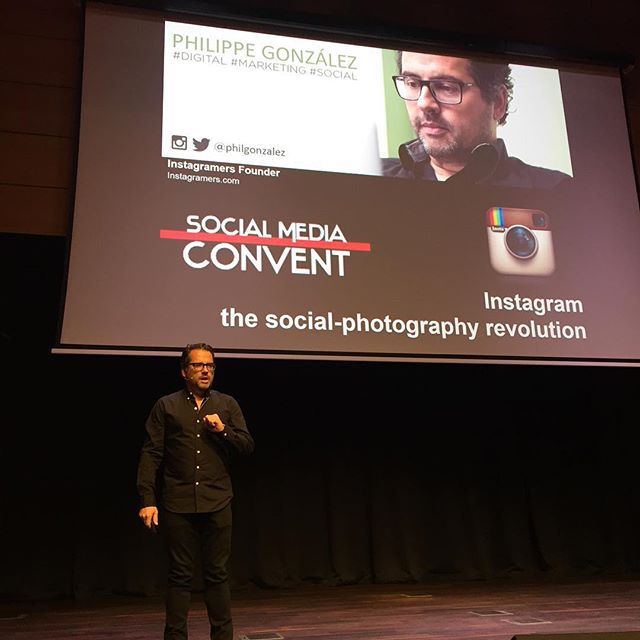
How brands can work with Influencers on Instagram
Jaro: How brands can work with influencers on Instagram, but from a B2B perspective. Do you have an example of that?
Phil: Well, that’s a good point. Most of the time, like I say the agencies are all the brands are thinking in B2C marketing. Sometimes big brands come to me and say: I want to do something with a large number of followers. I’m not interested in this target. I used to work with influencers with the smaller communities like 80,000 – 100,000 and very dedicated to their work.
Okay, so when the company calls me for B2B campaign I say, usually, these people have lower followers numbers. B2B Instagram influencer may have 3,000, 5,000 or 7,000 followers. I tell them you will not find easily an influencer talking about a specific subject in B2B marketing with a huge following on Instagram. I think it’s even better because these people that have like 5,000 or 10,000 may offer lower rates, Also these content creators are very interested when people and brands want to work with them. The only problem is that it’s complicated to find them. You have to really enter the communities talking about the topic and seeing what would be the best content creator or ambassador to promote your product or service.
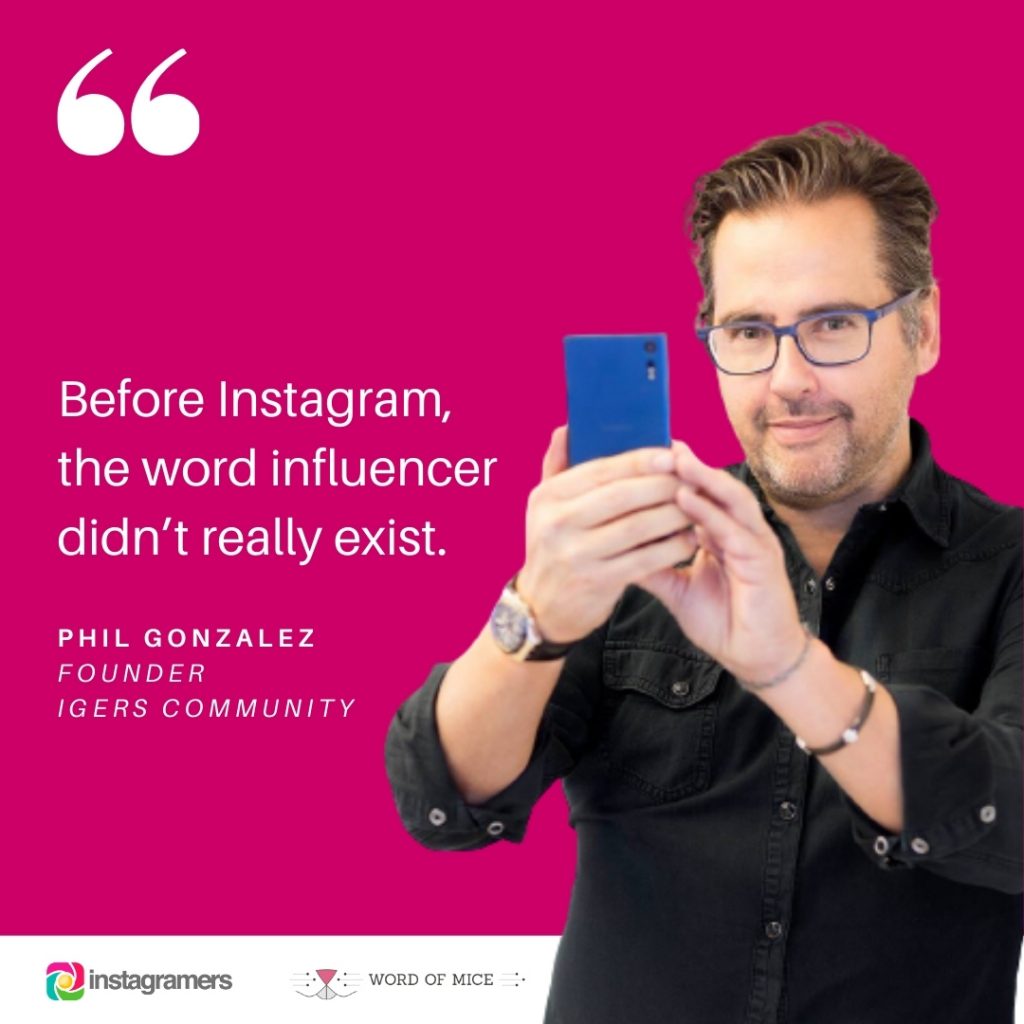
Mariska: Trade shows and events are not taking place now and we work in a B2B environment. I think still there’s a huge potential for growth in B2B marketing. Do you think so too?
Phil: Of course. I think there is potential but the problem we have right now is that the people think influencer are people you’ve seen on the beach with a cocktail on the island. There’s still a wrong perception of Influencer Marketing on Instagram or other Social Media platforms.
And that is something we will have to fight against and you know that the name influencer has its meaning? A few days ago media said about a group of influencers who were having a party in Marbella without safe distancing during the COVID-19 era. So that’s the bad news. It’s not smart. So that’s something we have to fight against.
Mariska: We’re also fight against wrong perception of inflencers. Instead of a word an influencer we use also content creator. I also like the word industry experts. We want to educate and show positive case studies of influencer marketing campaigns.
You can continue reading our interview with Phil Gonzalez here: The future and trends on Instagram in 2021.
The second season of B2B Chat Series
Welcome to the B2B Influencer Marketing chat series where we talk about B2B influencer marketing in the world of MICE (Meetings, Incentives, Conferences and Events). We speak with people from all around the globe about the role, the meaning, impact and possibilities of B2B influencer marketing. You can listen to us and our guests on Spotify, Apple Podcasts, Google Podcasts.
We launch the second season of B2B Influencer Marketing chat series in November 2020. Follow us on Eventbrite and signup for coming chats with influencers, CVB`s representatives and many other interesting guests from the MICE industry and Social Media world.
Sign up for our next episodes of B2B Influencer Marketing Chat Series: World of MICE – events on Eventbrite registration.
